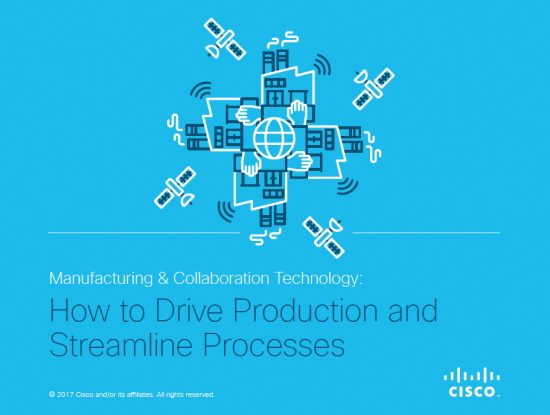In a previous blog, we discussed the role of new product introduction processes (NPI) and the part that collaboration tools are playing in helping drive better ideation while speeding time to production. Similarly, collaboration tools are rapidly changing maintenance, repair, and operations (MRO) procedures on the factory floor.
Downtime is always the antagonist of manufacturing. A machine breaks on an automotive line for example, and it can cost as much as 20,000 dollars per minute. While new programs such as utilizing Industrial IOT for predictive maintenance are helping reduce downtime and overall equipment effectiveness (OEE), many legacy machines only have limited condition insights and still break down. Complex supply chains also mean more coordination and interdependencies in supporting maintenance and repair, indicating that lack of alignment can also impact uptime. The transition of the workforce is even putting a strain on the workforce as many workers with in-depth knowledge are retiring from the workforce and also being asked to support multiple facilities that are spread apart geographically. Sometimes these experts are not available, and this means that institutional knowledge is not available on-site. New workers are being asked to diagnose and fix issues they are not familiar with, which may increase the risk of safety hazards, and will certainly lead to excessive downtime. Unfortunately, the solution for many manufacturers has been to fly in experts as quickly as they can while losing days of productivity or to pay expensive service fees to outside firms to get their facilities back up and running again.
Leveraging Collaboration Technology for MRO
With the right collaboration tools in place, maintenance teams can quickly locate an expert and collaborate effectively to help solve an issue. These resources can also include outside suppliers or machine builders who have in-depth knowledge of the equipment in hand. Some examples of ways manufacturers are already utilizing this technology include:
- Using video conferencing and high definition cameras so that remote experts can view and resolve problems at the source of the issue without having to be onsite.
- Implementing secure mobile messaging apps for a connected workforce so crucial personnel can receive alerts about potential issues in the plants and communicate with them in real time.
- Installing smart boards in plants to provide better visibility into operations, and leverage whiteboard technology to white board sketches, or even draw on circuit diagrams for example
- Documenting and archiving common troubleshooting steps for re-use across the company. These records can also promote workplace safety, through incident documentation and process improvements.
Collaboration technology can also serve as a foundation to gain more insight into machinery with Open-application programming interfaces (API’s). This allows multiple technologies to connect and communicate with one another. With this technology, developers can enhance existing platforms and facilitate the secure exchange of data between machines and devices. This information can then be used to quickly identify any potential issues through alerts and allow maintenance teams to respond rapidly and ensure a quick resolution.
At the foundation, it’s also important to understand that collaboration technology needs a robust infrastructure built on security. This means secure remote access methods are in place as well proper encryption of communications that may contain sensitive information.
To help manufacturers support better collaboration within their operations, we developed a guide for how manufacturers can utilize collaboration technology. The guide provides use case examples as well as ways to overcome business challenges and support manufacturing efforts.
I also invite you to learn more about how Cisco is helping manufacturing teams improve collaboration and to check out some of the case studies around manufacturing and collaboration here.


I love this emphasis on collaboration: I think it's something that isn't fully appreciated as an IoT feature. For the first time, everyone who needs real-time data about things in order to do their job better and/or make better decisions will be able to SHARE (the verb is crucial!) that data instantly. That will improve collaboration and stimulate innovation. In fact, I think it can fundamentally change management as well: away from hierarchy and linear organization to a circular one that will foster creativity and innovation: http://bit.ly/2vtWwKL. This will be a major theme in my book on IoT Strategy, The Future Is Smart, to be published next yr. by AMACOM
Awesome white paper and really gets to the heart of driving value to the plant floor with collaboration….great job!!!!!